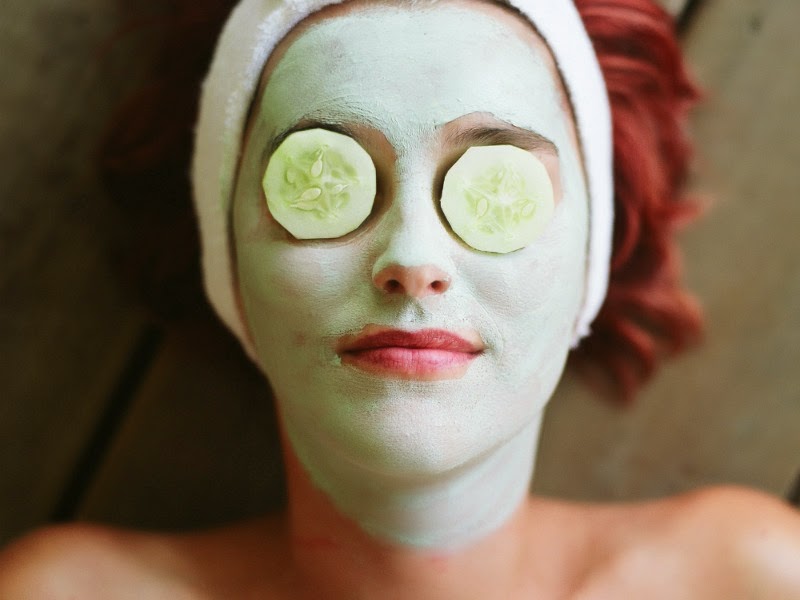Some people believe that washing their face off every night with plain soap and water is all they need when it comes to a skincare regimen. A few others, however, go the extra mile and use cleansers, toners, moisturizers, and eye-creams before going to bed. In addition to these, there is another skincare product that can be of real benefit to the skin, and that is the face mask. But what exactly is it, and how often should you use it on your face?
As the name suggests, a face mask or facial mask is another skincare product that you apply to your face. They come in different variants, and the application procedure is dependent on the kind of face mask you are using. As for how often this should be used, most beauty experts recommend a once-a-week usage, although there are others who think that the frequency should depend on the person’s skin type.

Benefits of Facial Masks
What can you get out of a regular face mask application? There are a few good reasons why you should include it in your skincare regimen, and here are three of them:
Deep cleaning – While other skincare products may give you clear and supple skin with daily use, these products usually clean only the surface of your skin. If you want to remove deep-seated impurities and dirt that are trapped in the tiny crevices of your skin, a good facial mask is what you need.
Gives extra moisture – Even though your daily moisturizing routine can help keep your skin hydrated, you can still pump up skin hydration once a week with a moisturizing mask.
Unclogs pores – Letting your skin breathe requires more than just removing your make-up at the end of the day. Constantly wearing make-up and applying beauty products on your face can actually lead to clogged pores over time. This is where a mask is helpful. The product draws out the impurities from your skin and opens up your pores to let your skin breathe and prevent unsightly breakouts.
Types of Facial Masks
Just like with other beauty products, you need to choose the right facial mask for your specific skin type in order for you to reap the benefits. Here are some of the most commonly used facial mask types:
Clay Masks – A clay mask is a mud-like substance that you apply to your face with the use of your fingers or with an applicator that comes with the product. This type of mask is useful when you have oily skin or combination skin, and you want to get rid of the excess oil and sebum on your face. This is also helpful in removing dead skin cells and other impurities from deep within the skin to unclog the pores. Clay masks are actually a mainstay in popular Korean beauty lines, with skincare brands like Elizavecca, Innisfree, Skin79, and The Face Shop having their own respective versions of the product.
Peel-off Masks – These are masks that you apply on your skin as a gel or paste. When the product dries, you peel it off. Some peel-off masks require a bit of washing afterwards to get rid of the residue that may stick to your skin, but most do peel off easily and completely. There are many different kinds of peel-off masks that have specific effects on the skin, including hydrating, cooling, deep cleaning, and firming. These can be used by those with oily skin, combination skin, and normal skin.
Sheet Masks – These are facial masks that come in paper or fabric form. Typically, they have cutouts for the mouth, nose, and eyes. You apply a sheet mask on your face and leave it to do its work, usually for ten minutes. This type of mask is useful for hydrating the skin, for treating acne, or for lightening dark spots. This is also another face mask that all skin types can use.
Cream Masks – These are face masks that you leave on your face overnight and are often used for ultra-hydration. Some cream masks are also used to help reduce wrinkles, to tighten skin, and to treat discoloration. They are usually ideal for those with dry and combination skin.
No matter what kind of face mask you use, as long as you choose the right one for your skin type and for your specific needs, you will find that your skin will benefit from it. Try not to use it more than once a week though, unless a skincare expert recommends that you do so.

